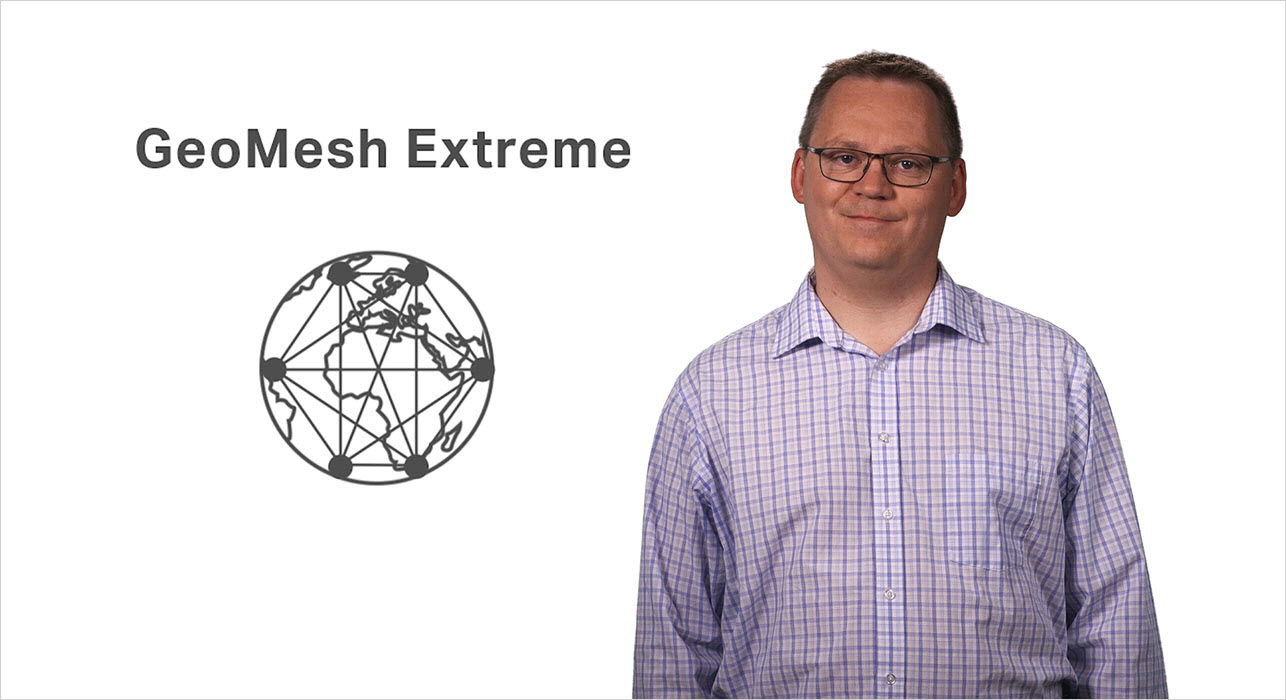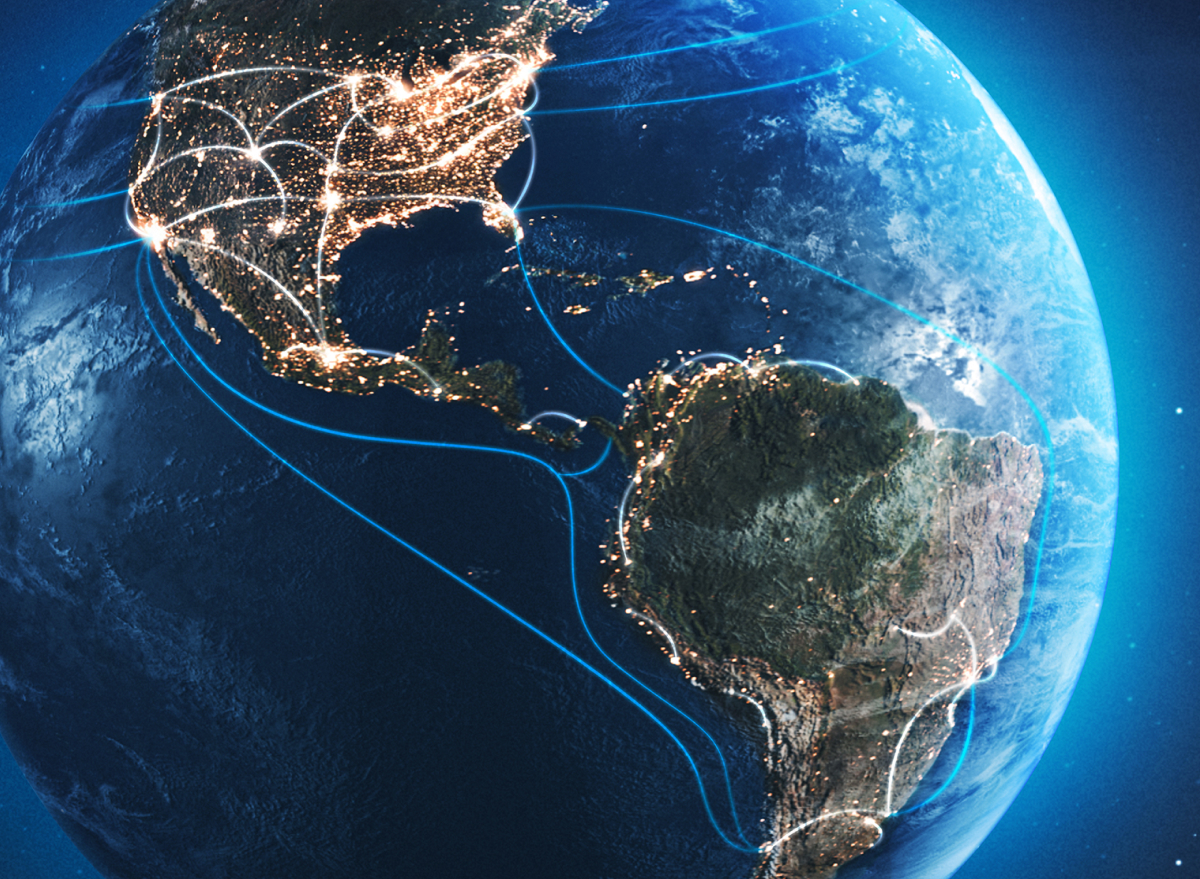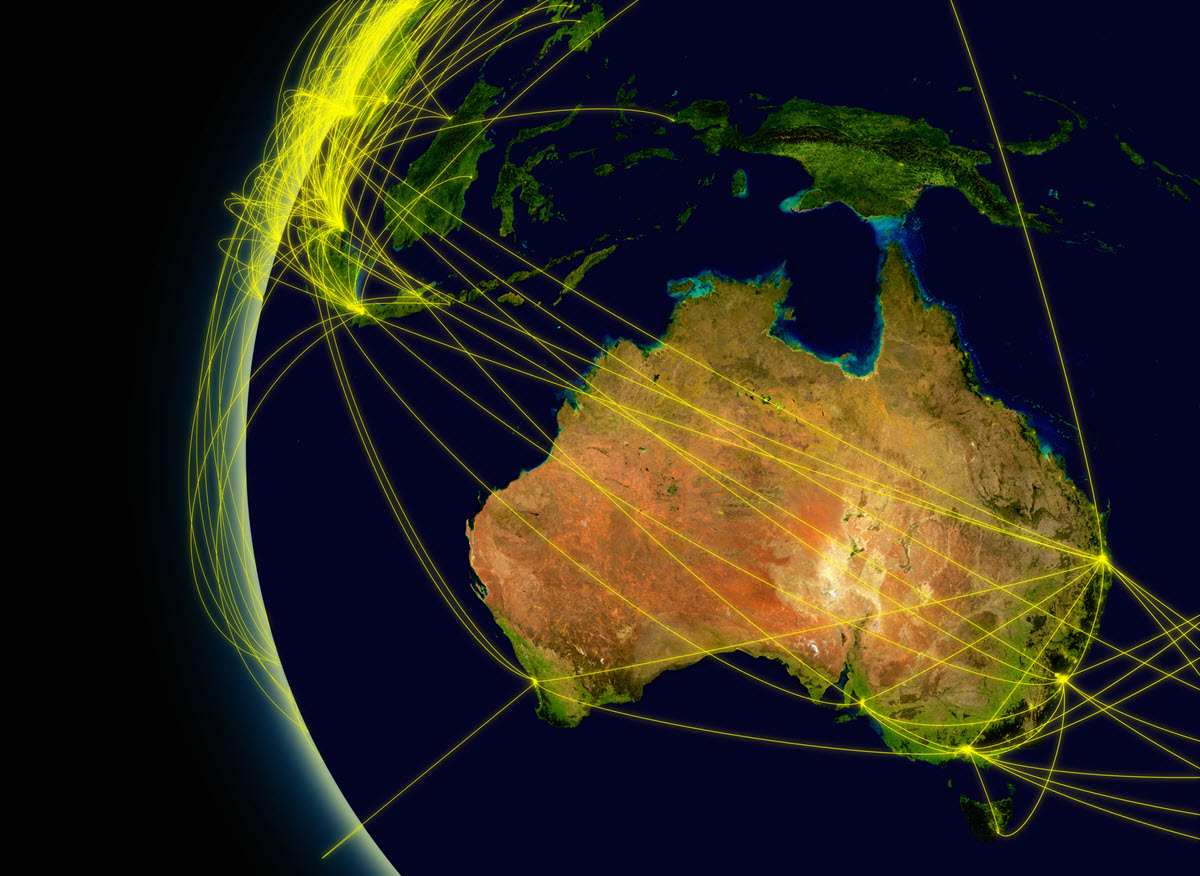Farice: Connecting the land of ice and fire to the world

Örn Orrason is VP of Business Development at Farice, and a telecoms industry veteran with over 25 years’ experience in technology and telecommunications in and around Iceland.
Iceland has a fascinating history and astounding natural beauty, making it a truly unique place in the world. The island nation was settled over 1,000 years ago by a mix of adventurous and brave Viking and Celtic people. The first settlement is believed to be made up of mostly Norwegian ancestors who used their seafaring expertise to cross vast distances into the unknown until they saw the island of Iceland, which they called Snæland, or “snow land”, because snow atop the mountains on the east coast were present when Norse explorer Naddoddurr discovered the island. Iceland’s closest neighbor is Scotland, 500 miles away, which is a testament to the bravery and curiosity of the early Norse seafarers.
Vikings didn’t stop at Iceland and ventured around much of Europe and as far away as what’s now Canada over 1,000 years ago. They settled at L'Anse aux Meadows, Newfoundland, as well as the area surrounding the Gulf of Saint Lawrence, the exact locations still unknown, which the Icelandic Leif Eriksson called Vinland (land of wild grapes).
How did these early explorers communicate their journeys across vast distances? Via sagas, tales of figures and events from history or legend carried by early Viking seafarers for centuries. Much has changed over time.
Fast forward a millennium
A lot has changed over the past 1,000 years! Iceland now communicates with its neighbors using modern, high-speed fiber-optic submarine cables. To better understand Iceland’s submarine networks, I met with Örn Orrason, VP of Business Development at Farice, to understand their mission to connect Iceland to the world via their submarine network comprised of the FARICE-1 (2002), DANICE (2009), and IRIS (2023) submarine cables.
Brian: Prior to Farice, how did Iceland, an island nation in the North Atlantic, communicate with the world?
Örn: Iceland was served by a single optical submarine cable called Cantat-3, which went RFS (Ready for Service) in 1994, and was the last electrically regenerated SDH (Synchronous Digital Hierarchy) transatlantic submarine cable laid before the introduction of modern, optically amplified EDFA (Erbium-Doped Fiber Amplifier) submarine cables leveraging DWDM (Dense Division Wavelength Multiplexing) in 1999, which is the industry standard for modern wet plants.
Cantat-3 showed its age as demand for international capacity surged with the adoption and expansion of the internet. Until 2004, backup routes for Iceland used far lower-speed satellite services, which, coupled with frequent outages on Cantat-3, resulted in frequent reliability and performance issues. For an island nation with no alternative international terrestrial routes, these issues had to be addressed.
Brian: For those new to your company, who is Farice?
Örn: Founded in 2002 by several telecom companies in Iceland and the Faroe Islands, as well as the Icelandic government, Farice is the main provider of international wholesale capacity between Iceland and Europe. The first submarine cable, FARICE-1, was RFS in 2003. The second submarine cable, DANICE, was RFS in 2009. From 2009 to today, neither of these submarine cables experienced an undersea cable fault and have provided 100% network availability to and from Iceland. This is due to their specific network design and deployment.
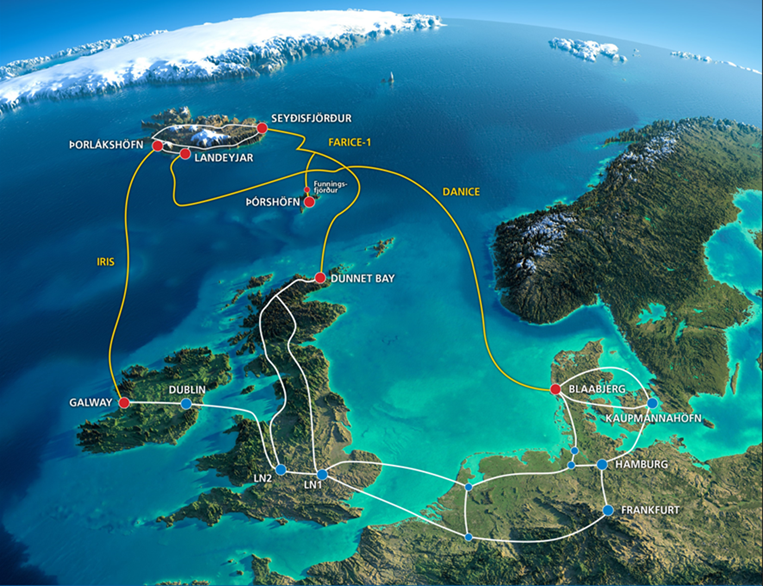
Figure 1: Farice submarine cable network
Brian: What is the corporate vision of Farice?
Örn: Our vision is to fulfill our role with society and the environment built on professionalism and trust with a particular focus on social responsibility. We strive to be a modern and progressive company that explores different unique solutions with an open mind with the interests of society as a guiding principle. Our submarine network provides numerous benefits beyond the obvious advantages of providing a telecommunications lifeline to our community by connecting Iceland to the rest of the world. From a people perspective, we’re committed to a corporate culture that values diversity and teamwork with a conscious desire to achieve understanding, respect, inclusion, and continuous learning on a foundation of respect and dignity. We also extend these principles to our relationships with our ecosystem of suppliers and customers.
Brian: Can you talk about your newest addition to your submarine cable network?
Örn: In 2019, we kicked off the IRIS submarine cable project, which connects Þorlákshöfn (Iceland) to Galway (Ireland) and onwards to continental Europe. This project took four years to complete, which included the selection of landing sites, permitting, undersea surveys, and of course, the actual laying of undersea wet plants. The project cost is 50 million euros, which results in Ireland being just 10.5 milliseconds away.
Brian: Can you tell us more about the IRIS submarine cable performance?
Örn: The new cable system, which went live in March of this year, is a six-fiber pair system providing 22Tb/s per fiber pair for a total capacity of 132Tb/s at 500Gb/s line rates using Ciena’s GeoMesh Extreme submarine network solution comprised of software, hardware, and professional services. Besides an additional 22Tb/s of capacity available between Iceland and Ireland, and onwards to mainland Europe, the redundancy offered by IRIS, coupled with FARICE-1 and DANICE submarine cables, significantly increases network service availability. This a critical requirement in today’s increasingly connected world for both consumers and businesses alike.
Brian: What other network improvements have you implemented alongside the IRIS submarine cable?
Örn: Farice provides international wholesale connectivity services to telecom operators in Iceland, the Faroe Islands, Greenland, and data center customers in Iceland and abroad. We provide diversified services to our customers such as high-capacity DWDM wavelengths, IP transit, and Ethernet services. The addition of the new IRIS submarine cable, alongside a redundant ring-based terrestrial backhaul network, provides significantly improved reliability for a higher availability for our customers’ critical international communications.
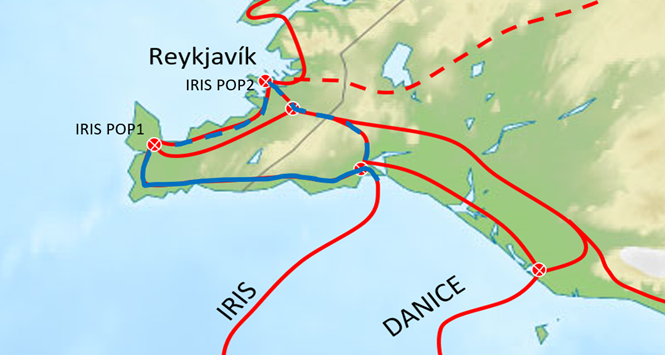 Figure 2: Automatic restoration terrestrial ring of IRIS for increased resilience
Figure 2: Automatic restoration terrestrial ring of IRIS for increased resilience
Brian: Besides your submarine cable network, what are other benefits to doing business in Iceland?
Örn: Iceland is known as the “land of ice and snow” because of our unique geological composition driven active volcanos, which makes Iceland a world leader in clean hydroelectric energy and a pioneer in geothermal technology. This has and will continue to attract multinational corporations, tier 1 and 2 service providers, and data center operators alike because of low electricity costs provided by renewable energy sources alongside increased sustainability.
Brian: Why did you choose to work with Ciena?
Örn: Our new IRIS submarine cable system provides a critical “digital bridge” between Iceland and Ireland, the heart of transatlantic connectivity, and an important data center hub. Ciena’s unique GeoMesh Extreme submarine network solution allows us to support the continued growth of Iceland’s international business presence with resilient, high-speed, low cost-per-bit connectivity to mainland Europe in a sustainable manner.
Just like early seafarers who communicated with people on the Atlantic shoreline 1,000 years ago, Farice also enables people in and around the North Atlantic to communicate, albeit over a network of modern, high-speed fiber-optic submarine cables. Being an island nation in the middle of the North Atlantic Ocean, the critical importance of connecting to the rest of the world via submarine networks cannot be understated. Farice clearly understands this fact and has proactively designed and deployed a modern high-speed submarine cable network that ensures this digital lifeline to Europe and beyond will always be available in a highly sustainable manner.
